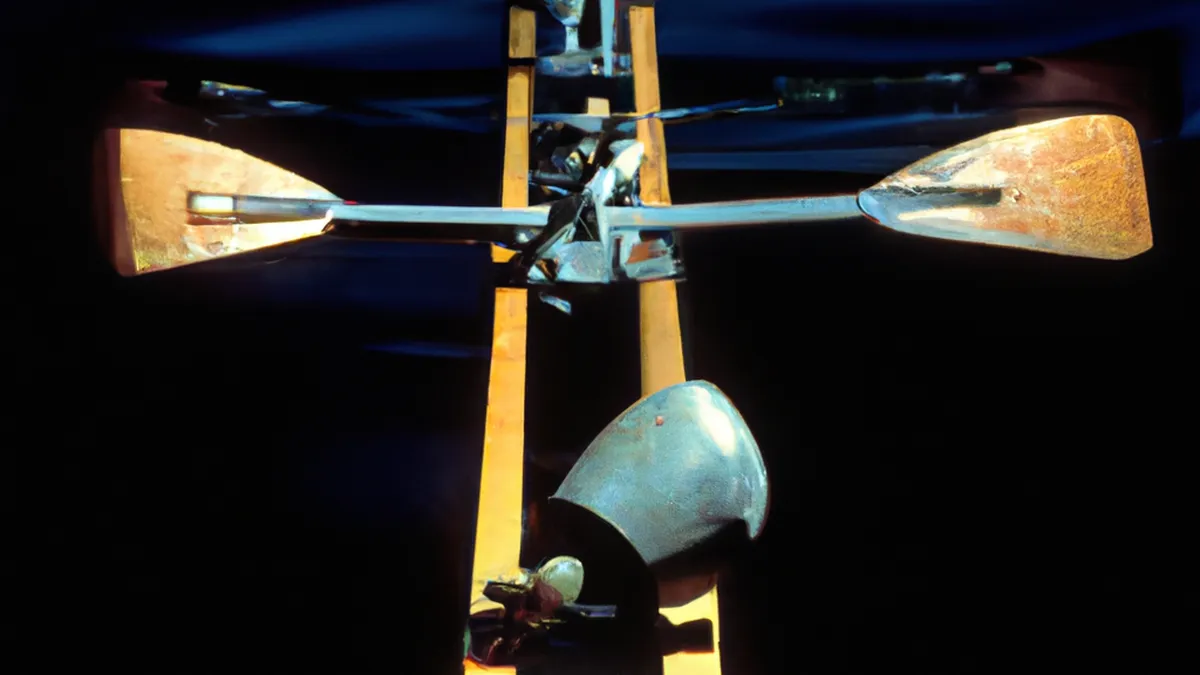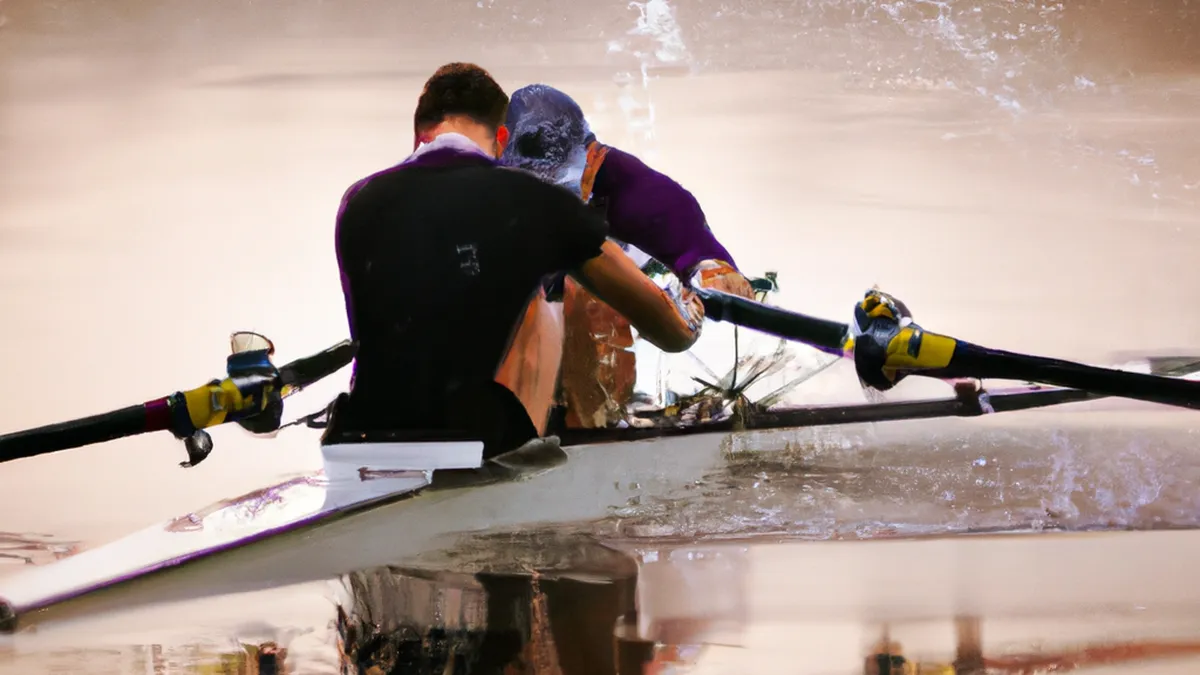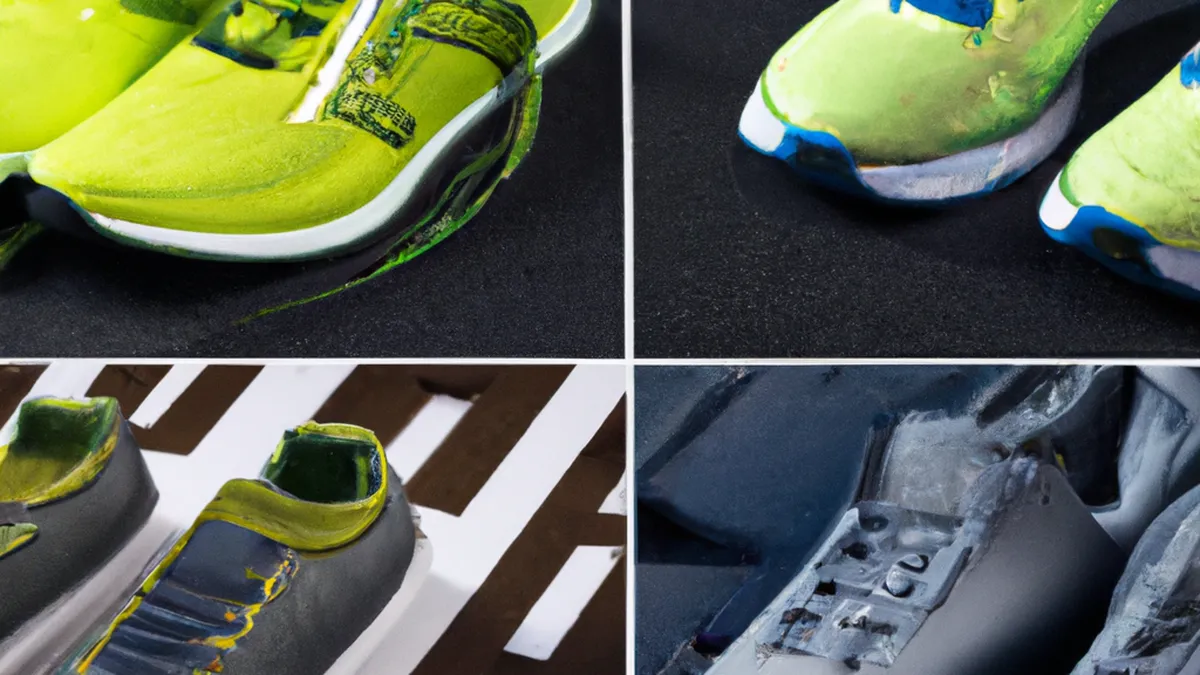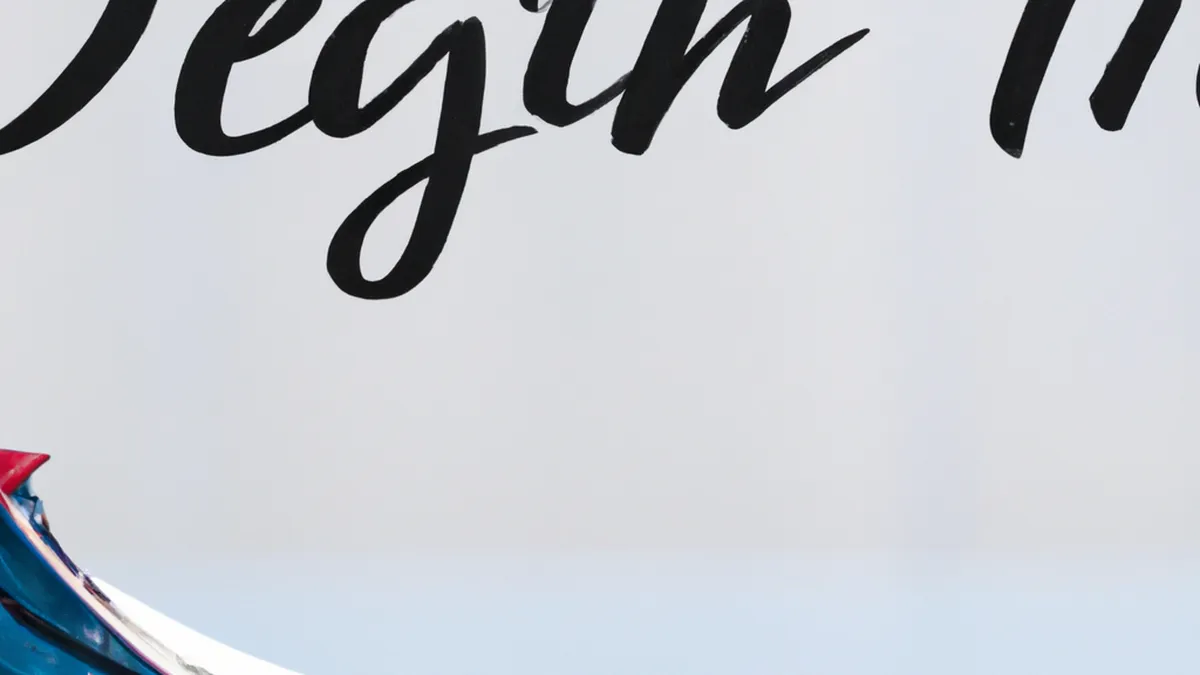Manual Therapy Techniques for Rowers (Zone 2)
Massage Techniques for Rowers
Rowing requires strength, endurance, and precision. Athletes work multiple muscle groups, leading to fatigue and tension. Regular massage alleviates soreness, improves recovery, and enhances performance. This blog explores effective massage techniques for rowers, highlighting their benefits and integration into training.
Effective Massage Techniques
As an Amazon Associate I earn from qualifying purchases.
Gear tip: consider massage gun, trigger point cane, and massage oil to support this topic.
1. Sports Massage
Sports massage targets athletes’ specific needs. This technique relieves tight muscles and improves flexibility, crucial for rowers. Rowers often experience tension in their back, shoulders, and legs due to repetitive movements. A deep tissue approach effectively addresses these areas.Therapists apply deep pressure and slow strokes during a sports massage. This process breaks down knots and increases blood flow. Rowers should schedule sports massages regularly, especially before and after competitions. Pre-race massages prepare muscles for performance, while post-race sessions aid recovery by flushing out lactic acid and reducing soreness.
2. Trigger Point Therapy
Trigger points are tight muscle areas that refer pain elsewhere. Rowers often develop these points from repetitive movements. Trigger point therapy applies direct pressure to release tension and restore muscle function.Rowers can seek professional help or practice self-trigger point therapy. For self-treatment, use a tennis ball or a specialized massage ball against a wall. This method targets tight areas, especially in the upper back and shoulders. Rowers should maintain pressure on each point for 30 seconds to a minute until they feel a release. Incorporating this technique into their routine improves performance and comfort.
3. Myofascial Release
Myofascial release targets fascia, the connective tissue surrounding muscles. Rowers often develop tight fascia from repetitive actions, leading to restricted movement and discomfort. This technique involves gentle stretching and sustained pressure to release tightness.Therapists apply pressure on tight areas to elongate and relax the fascia. Rowers can also practice self-myofascial release using foam rollers or massage balls. Rolling out tight areas in the thighs, calves, and back improves flexibility and reduces soreness. This technique enhances recovery and overall performance by improving range of motion and muscle efficiency.
Tips for Rowers
1. Focus on Key Muscle Groups
Rowers primarily rely on their legs.
Conclusion
Regular massage techniques can enhance recovery and performance for rowers. Integrating these techniques into training routines leads to significant improvements.
Below are related products based on this post:
FAQ
What are the benefits of regular massage for rowers?
Regular massage helps alleviate soreness, improves recovery, and enhances performance for rowers. It targets tight muscles and promotes flexibility, which is crucial for athletes who engage multiple muscle groups during rowing. By incorporating massage into their routine, rowers can experience significant improvements in their overall training and competition readiness.
What is sports massage and how does it help rowers?
Sports massage specifically targets the needs of athletes, relieving tight muscles and improving flexibility. For rowers, it addresses tension in the back, shoulders, and legs resulting from repetitive movements. A deep tissue approach during sports massage helps break down knots and increase blood flow, making it an essential part of their training and recovery process.
How can rowers use trigger point therapy?
Rowers can utilize trigger point therapy by applying direct pressure to tight muscle areas that refer pain elsewhere. This technique can be performed professionally or through self-treatment using a tennis ball or specialized massage ball against a wall. Maintaining pressure on each point for 30 seconds to a minute helps release tension and improves overall muscle function and comfort.















Post Comment